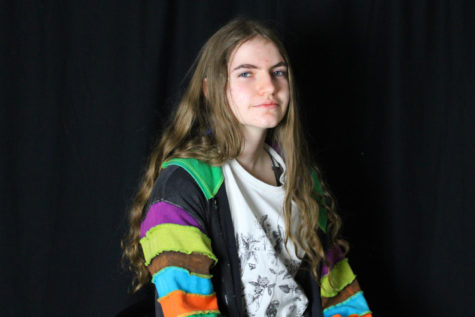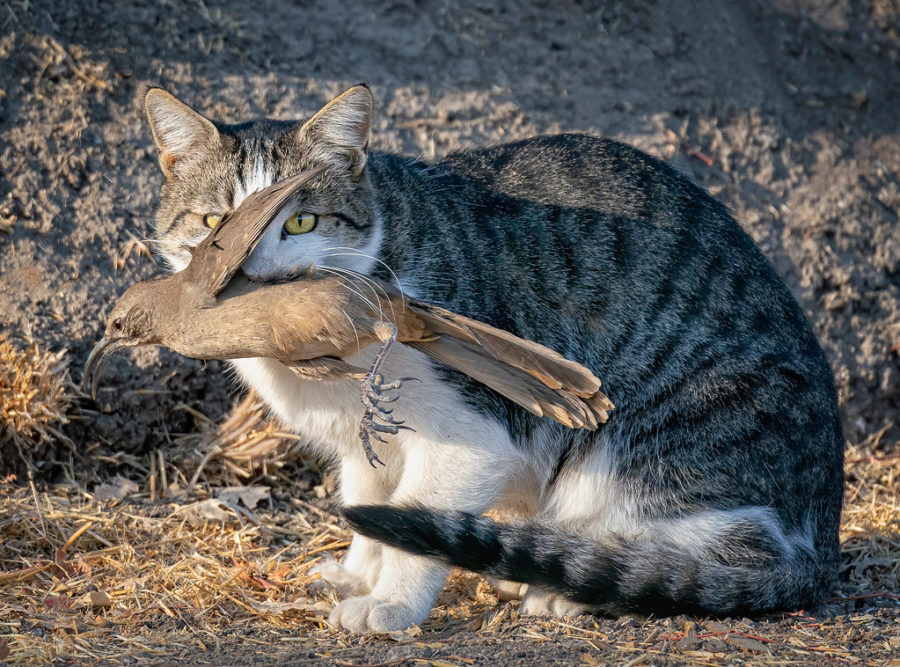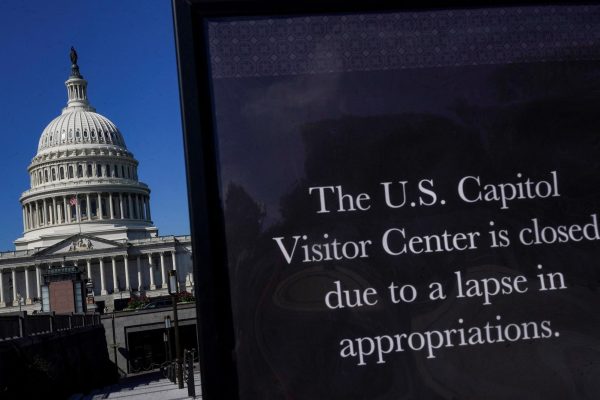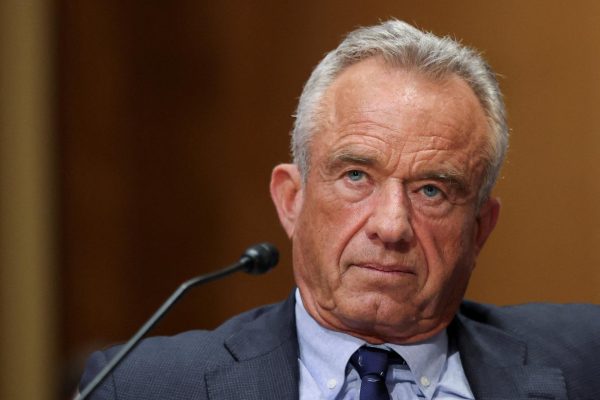Our Wildlife Is Disappearing
redator Cat / Flickr / Alice Cahill / (CC BY-NC-ND 2.0)
A gray tabby cat catches a bird. Cats are responsible for the near extinction of several bird species such as the piping plover.
In the past, when going outside at night, a person would see the stars shine bright in the sky and the fireflies blinking as if they were fallen stars themselves. Now, when looking up at the night sky, the stars aren’t as bright and the fireflies seem to have disappeared.
The environment around us is being affected negatively due to light and carbon pollution, along with humanity’s carelessness.
Light pollution is often understood to be the light produced by human activities that makes it difficult to view items in the sky at night. Artificial light has a detrimental effect on humans as it also does on animals, according to studies; it throws off the body’s circadian clock and interferes with sleep cycles.
Light pollution can interrupt wildlife patterns and harms biodiversity. Bats, migrating birds and insects all depend on how dark the night sky is. In addition to wasting energy and money, light pollution endangers human health and the cycles of nature.

A few ways to reduce light pollution are turning off lights when they’re not in use, keeping the blinds/drapes closed at night, avoiding driving at night, when going outside, pointing the light towards the ground and being all around more cautious with the amount of unnecessary light one is using.
Animals such as gray myotis, Indiana myotis, whooping crane, piping plover, several mollusk species and many more are considered to be endangered in the state of Indiana. There are also several other animal species that are considered threatened or are being monitored due to state and federal concerns.
One of the many things that can help protect our wildlife is keeping pets indoors. It’s estimated that around 1.3-4.0 billion birds and 6.3-22.3 billion mammals annually are killed by cats. In contrast to domestic pets, feral cats are mostly responsible for these deaths. According to research, feral cats kill much more wildlife than previously believed and are probably the main cause of anthropogenic death in the United States for both birds and mammals.
Carbon pollution, a greenhouse gas, is another one of the many things negatively affecting the environment. It affects ocean life, insect behavior, bird foraging, and can lead to more animals going extinct.
As a result of atmospheric changes, animal populations confront immediate and enduring threats. Some of these difficulties will be brought on by rises in the earth’s temperature that are caused by the atmosphere.
Animal populations may respond on a wide scale and over an extended period of time to changes in atmospheric composition by exhibiting both behavioral and physiological changes, ranging from decreased genetic variation to higher rates of extinction.
Energy efficiency, fuel switching, combined heat and power, the use of renewable energy, more efficient material use and recycling are just a few of the strategies that can be used to lower greenhouse gas emissions from the industrial sector.
For the safety of the animals in our community, people must step up and help reduce their footprint on the planet.
Your donation will support the student journalists of Logansport High School. Your contribution will allow us to purchase equipment and cover our annual website hosting costs.

Freshman Maddison Sell (all pronouns) is a reporter and a member of the class of 2026. She joined Magpie their freshman year (2022-23). One of his favorite...






